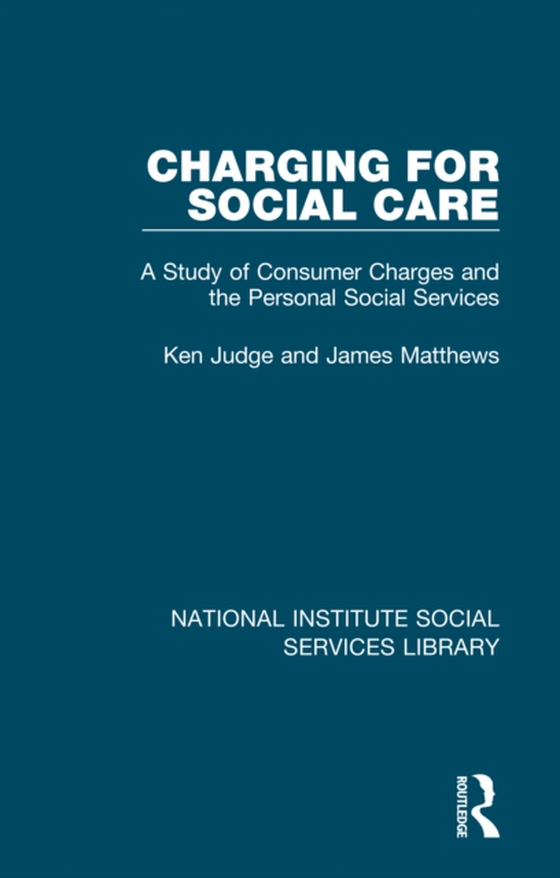
Charging for Social Care e-bog
253,01 DKK
(inkl. moms 316,26 DKK)
Despite the widely held belief that the social services were allocated solely on the basis of client need, and could therefore be directly contrasted with the operation of the private market, in the 1970s there remained a wide range of services for which the consumer had to pay directly at the time of consumption. Consumer charges were widely used, for example, for residential accommodation, fo...
E-bog
253,01 DKK
Forlag
Routledge
Udgivet
7 november 2021
Længde
158 sider
Genrer
Social work
Sprog
English
Format
epub
Beskyttelse
LCP
ISBN
9781000437867
Despite the widely held belief that the social services were allocated solely on the basis of client need, and could therefore be directly contrasted with the operation of the private market, in the 1970s there remained a wide range of services for which the consumer had to pay directly at the time of consumption. Consumer charges were widely used, for example, for residential accommodation, for the provision of day care and for domiciliary services.Originally published in 1980, Charging for Social Care provided a long overdue examination of the use of these charges in the personal social services. It analyses their historical origins, current operation and their social and financial significance. In addition, it provides a clear theoretical framework within which pricing policies should be determined and outlines the policy for pricing personal social services in the future. In undertaking this analysis Ken Judge and James Matthews had gone beyond the rhetoric which in the past had characterised discussions about charges. Their detailed and perceptive study was based on a report for the Department of Health and Social Security. It would still be of interest to students and teachers of social policy and social administration, to policy makers in both central and local government, to students of the economics of social policy and of the public sector, to social workers, and to all those with an interest in the personal social services and in public spending decisions.
 Dansk
Dansk

